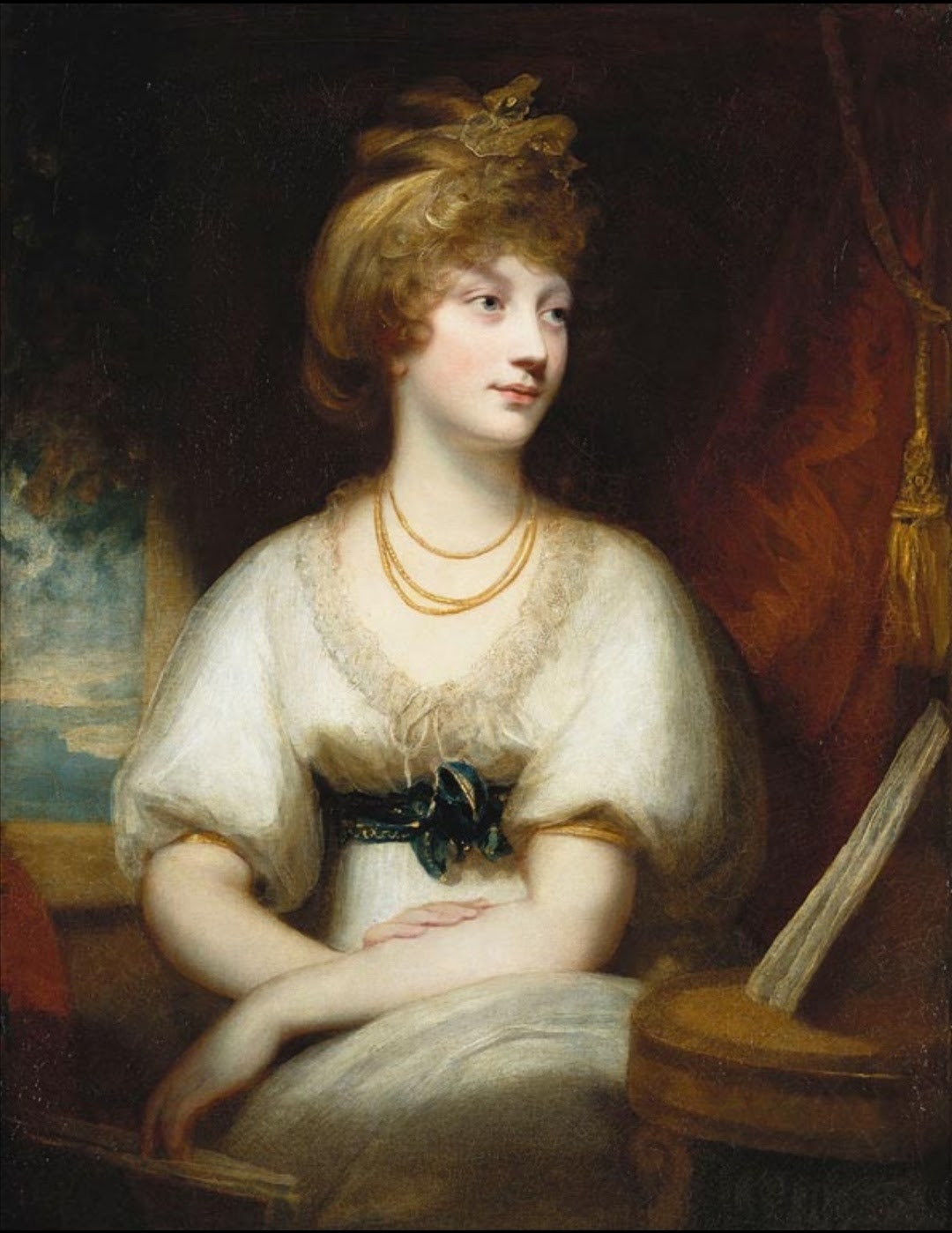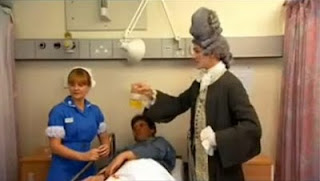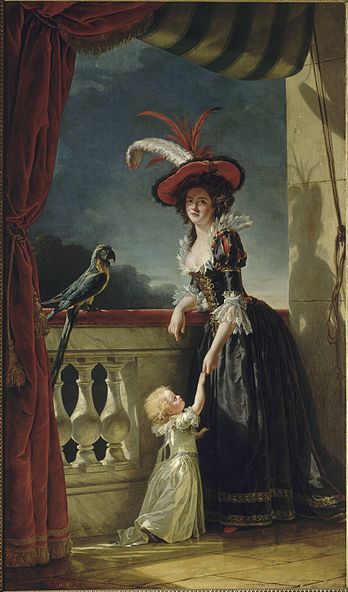In 1727 Margaret Plunkett was born in County Westmeath, Ireland. She would be destined to lead the hard-knock life that many women of the lower classes were forced to struggle for survival in. However, Peg wasn't afraid to take down a few people in the process. Her mother died when Peg was young and her father left his children in the care of the sadistic eldest brother who constantly beating Peg and her sisters with a whip. The abuse was so bad Peg once had to cut the sleeves of her dress because of her swollen arms. In further acts of cruelty her brother denied two suitors who asked Peg to marry them, forcing her to be kept prisoner in the household. Peg could only take so much abuse and ran away to Dublin as an escape.
Once in Dublin, Peg quickly took up with a gentleman who promptly got her pregnant. Peg, however, found the situation quite freeing because she managed to get a home out of it. But when Peg tragically lost her child, the man and house followed suit. When the next man that came into Peg's life offered her money for her
company, Peg realized that this would be the new lifestyle she would take in order to remain out of the clutches of her abusive brother. Peg fell in love with her social life in the bustling Georgian city, there was always someone to see or something to do with the endless stream of concerts and balls. Of course all these things cost a pretty penny.
Peg was forced to give up the temptations of the city when she became the kept mistress of a Mr Leeson. She took his last name played wife while all the while rejecting his formal proposals of marriage. The relationship dissolved when Mr Leeson realized Peg was screwing around on him, and she was kicked to the curb, only to be picked up by a Mr. Lawless whom Peg flung herself into a dramatic relationship with. You know those couples who you can't stand because they are constantly suspicious and jealous of the attention the other receives from others? That was the relationship Peg had with Mr Lawless. The two would fly at each other every time he looked at a pretty lady or when a handsome gent winked at her. One time when Peg caught him drinking champagne with some floozy she grabbed the decanter and was about to smash it into the tart's face had she not been stopped. The two also got violent with each other until the relationship ultimately ended, leaving Peg heartbroken.
Peg herself was quite scrappy, and being a true bad-girl, never afraid of a fight. When an actress/courtesan spread venomous gossip about her, Peg waited outside after the actress' play got out to just hurl insults at her. When a famous violinist requested no women of the
demi-monde (fallen women) be at his performance Peg purposely went to the next show and was seen being physically escorted out fighting all the way. When the bouncer got a little too pushy in the process of getting her out, Peg ran to the authorities who arrested the celebrated musician. Another time the street gang, the Mohawks broke into Peg's house and she fought them tooth and nail, unfortunately at the loss of her daughter and the child she was carrying.
Peg jumped back and forth between poverty and luxury. Toward the end of her life she ran a brothel and when finding herself extremely broke, she wrote her memoirs in order to put money back in her pockets. Despite the rough and tumble life, Peg managed to survive to the age of 70, dying in 1797.
 While flipping through the September issue of Glamour I was reading the delightful proclamation that when it comes to hair this season, bigger is better. Not 1980's bigger, either; we're talking 1780's! So get out your teasing combs, not to mention your scented pomade, powders, and horsehair bundles (18th century bumpits) because this could be the return of the pouf (not to be confused with the poof sported by Lady Snookie).
While flipping through the September issue of Glamour I was reading the delightful proclamation that when it comes to hair this season, bigger is better. Not 1980's bigger, either; we're talking 1780's! So get out your teasing combs, not to mention your scented pomade, powders, and horsehair bundles (18th century bumpits) because this could be the return of the pouf (not to be confused with the poof sported by Lady Snookie).



























